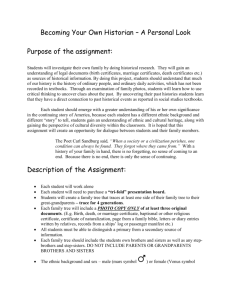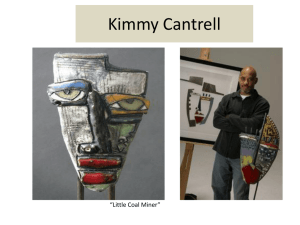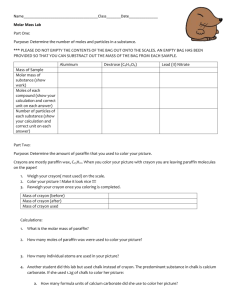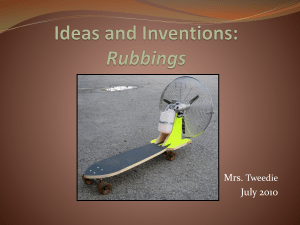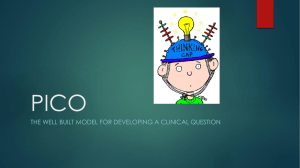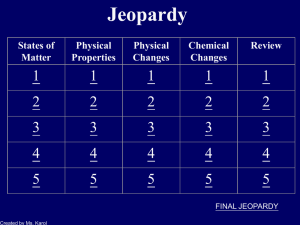Creative Rubbing Art Project
advertisement
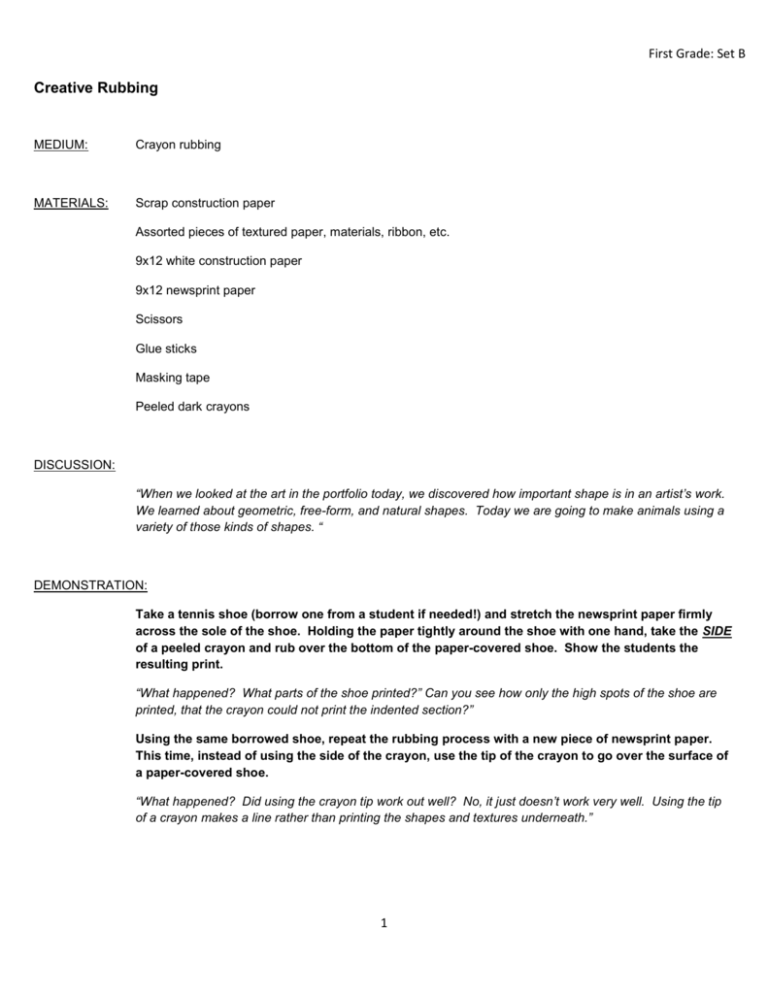
First Grade: Set B Creative Rubbing MEDIUM: Crayon rubbing MATERIALS: Scrap construction paper Assorted pieces of textured paper, materials, ribbon, etc. 9x12 white construction paper 9x12 newsprint paper Scissors Glue sticks Masking tape Peeled dark crayons DISCUSSION: “When we looked at the art in the portfolio today, we discovered how important shape is in an artist’s work. We learned about geometric, free-form, and natural shapes. Today we are going to make animals using a variety of those kinds of shapes. “ DEMONSTRATION: Take a tennis shoe (borrow one from a student if needed!) and stretch the newsprint paper firmly across the sole of the shoe. Holding the paper tightly around the shoe with one hand, take the SIDE of a peeled crayon and rub over the bottom of the paper-covered shoe. Show the students the resulting print. “What happened? What parts of the shoe printed?” Can you see how only the high spots of the shoe are printed, that the crayon could not print the indented section?” Using the same borrowed shoe, repeat the rubbing process with a new piece of newsprint paper. This time, instead of using the side of the crayon, use the tip of the crayon to go over the surface of a paper-covered shoe. “What happened? Did using the crayon tip work out well? No, it just doesn’t work very well. Using the tip of a crayon makes a line rather than printing the shapes and textures underneath.” 1 First Grade: Set B “ Today you will be making your very own rubbing plate by cutting and/or tearing out shapes from construction paper and arranging them to form an animal. You will also have the chance to add even more texture to your animal by adding details such as fins, eyes, plants, etc. by using other materials such as fabric, ribbon, foil, tape, etc.” Show students Sample Creative Rubbing #1. Point out the shapes that make up the sample, as well as the details made from scrap pieces of fabric, paper, etc. Point out that their animal should be BIG on the page so that we notice it. Explain that to make a good rubbing print, it is best to rub the crayon lightly over the entire surface once, then press harder over the bumpy areas to show where the shapes are. PROCEDURE A: The students are ready to create their own rubbing plate using their own creativity as a guide. In order to create their plate, each student should have: 9x12 piece of white construction paper (base of rubbing plate) Scrap pieces of construction paper (color does not matter!) Scissors Long piece of masking tape attached to their table to cut small pieces from Assorted texture pieces for additional detail Once the student is satisfied with their rubbing plate, they may glue down their pieces using a glue stick. After gluing, students may continue onto the steps in procedure B with the help of a docent/parent helper. PROCEDURE B: 9x12 newsprint paper Peeled dark crayons Once the student is satisfied with their rubbing plate, have a docent or parent helper tape down all four corners of the plate to the desk top (using masking tape.) Then, separately tape newsprint paper on top (this avoids slippage and blurry prints.) Once both the rubbing plate and newsprint overlay are taped down, have the student create their rubbing. It is best to rub the crayon lightly over the entire surface once, then press harder over the bumpy areas to show where the shapes are. Students can experiment with color, using more than one colored crayon (use one color and then go over with a second color. Use darkest first.) Store rubbing plates with the accompanying rubbing print. If art piece will be used for the end of year art show, both rubbing plate and print will need to be mounted side by side. 2
